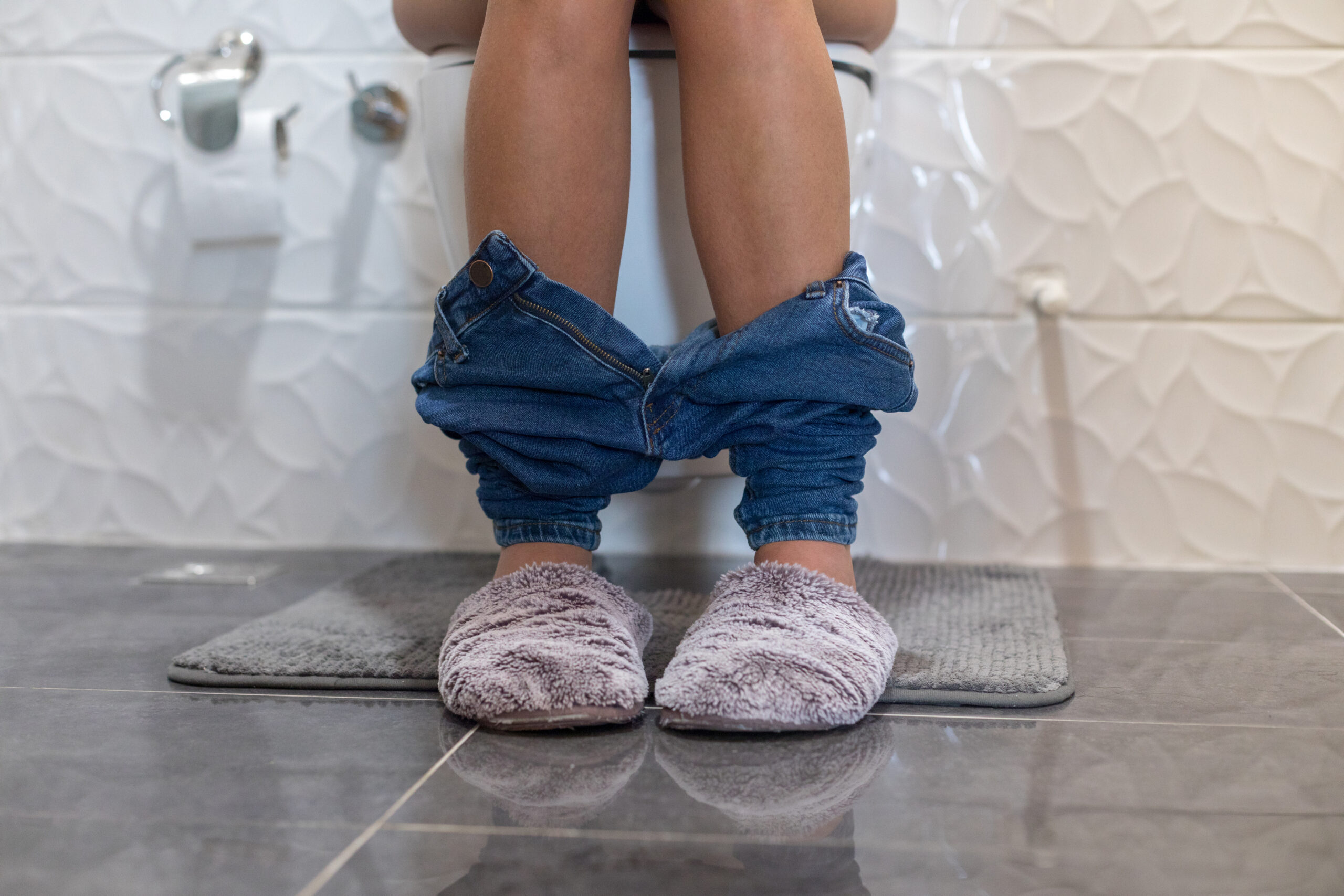It happens. Unexpectedly peeing yourself when you laugh too hard or when a sneeze takes you by surprise is not as uncommon as you might think. Losing control of your bladder, whether it is a slight pee slip or a complete release of your bladder, is called urinary incontinence. Urinary incontinence affects at least 1 in 4 women and a lot of women might not speak about it because they may feel embarrassed. If this is something that happens to you, know that you are not alone, and this issue can be addressed.
What is urinary incontinence and how common is it?
Urinary incontinence is defined as the involuntary loss of urine and is quite common among women. Data from the U.S. National Health and Nutrition Examination Survey (NHANES) confirmed 49.6% of all women reported urinary incontinence. Of those, 49.8% reported pure stress incontinence, 34.4% reported mixed urinary incontinence and 15.9% reported pure urge incontinence. That translates to almost 50% of all women reporting some type of incontinence!
What are the different types of urinary incontinence?
There are a few different types of incontinence. The most prominent are stress urinary incontinence, urge urinary incontinence, and mixed urinary incontinence. Stress incontinence is the involuntary loss of urine from physical exertion, like from exercising, coughing, or laughing. These physical activities can put stress on the sphincter muscle that holds urine in your bladder. The added stress of physical activity can cause the muscle to release urine. Leaking with urgency or the sudden “gotta go!” feeling, is called urge incontinence. In urge incontinence, the urinary bladder contracts when it shouldn’t, causing some urine to leak through the sphincter muscles holding the bladder closed. You can have a mixture of both types of incontinence called mixed incontinence. There is also functional incontinence, which is when you can’t functionally get up to walk to the bathroom. This could be from a surgery or injury that is keeping you in bed. There is also overflow incontinence, which is when you may not be able to empty your bladder, but then leak when your bladder is so full that it can no longer hold anymore urine. There is also nocturnal enuresis, commonly known as bed wetting.
What causes incontinence in women?
There are many reasons women might experience incontinence. Risk factors include:
- Age
- Number of pregnancies
- High body weight
- Hormone levels
- Menopause
- Pre-existing conditions like diabetes, Parkinson Disease, stroke, multiple sclerosis
Incontinence in postpartum women is caused because their pelvic floor muscles may be weakened or stretched, this is usually caused during birth. Women can also experience incontinence after menopause. This is caused because of a decrease in estrogen in your body, which makes the tissues in your bladder and urethra thin and less elastic.
Does urinary incontinence affect younger women, if so why?
Contrary to popular belief, incontinence can affect women of any age. Incontinence in younger women can be from weak muscles, an irritable bladder, or dietary irritants. Even young girls can have giggle incontinence.
How do you diagnose urinary incontinence?
Urinary incontinence is generally diagnosed through reviewing your medical and family history, a general physical exam, and a neurologic exam. We also may have you keep a dairy recording your daily fluid intake, urinary output, and when you leak. A urinalysis, or a test of your urine, is also done to check you for an infection or blood in the urine. Some other procedures that can be done are a urodynamic study, which measures your bladder pressure and function. This is done if the patient is considering surgery or if it is unclear what is causing the incontinence. An ultrasound can also be done in-office to make sure that the patient is emptying their bladder.
How is urinary incontinence treated?
Treatment for urge or mixed incontinence includes:
- A list of dietary irritants to avoid
- Bladder retraining for those who hold their bladder too long
- Kegels and pelvic floor muscle training
- Certain medications and procedure that should be discussed with your provider
For stress incontinence, treatment includes:
- Kegels and pelvic floor muscle training
- Electrical stimulation, magnetic stimulation, and incontinence pessaries, which is a small device made of silicone that is inserted into the vagina to help support her pelvic organs.
- Surgery options such as mesh slings, autologous fascial slings (a sling made from her own body tissues) , and bulking agents (materials placed in the vaginal walls to help block the leakage of urine)
If your incontinence is limiting you, it should be addressed. Incontinence can affect many parts of a woman’s life – women could be afraid to be intimate, limit their physical activity, and cause women to self-isolate. If you are rushing to the bathroom, take care of yourself and address this important issue by contacting your Women’s Health Connecticut provider.

